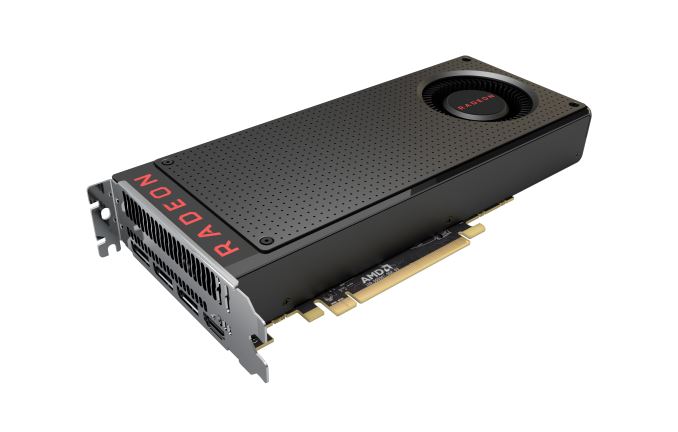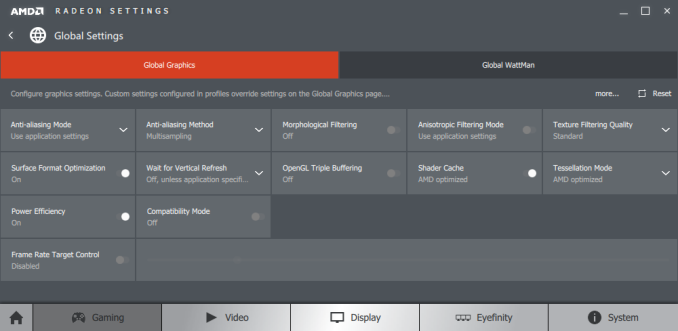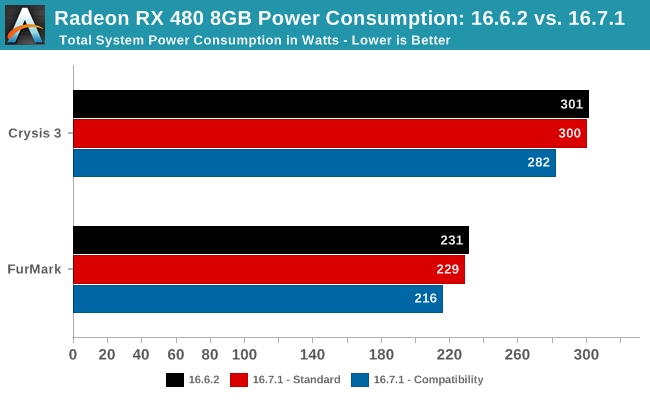Lenovo and Snadragon 800 and 600 support
Lenovo Phab2 Pro is going to be available very soon and this Qualcomm Snapdragon 652 based phone is the world’s first phone that supports Google’s Project Tango. Fudzilla had a chance to speak with Qualcomm’s Vice President, Product Management Seshu Madhavapeddy and learn about the path that got this impressive technology to phone form factor.
Project Tango is a technology platform developed and authored by Google that uses computer vision to enable mobile devices, such as smartphones and tablets, to detect their position relative to the world around them without using GPS or other external signals. This lets developers create user experiences that include indoor navigation, 3Dmapping, physical space measurement, environmental recognition, augmented reality, and windows into a virtual world. There’s no better introduction than that.
The first mobile phone to support Tango is the Lenovo Phab 2 Pro with Snapdragon 652, and Seshu spent some time telling us that the Snapdragon 600 and 800 series are designed with Tango in mind. The first prototype “Peanut phone” used Snapdragon 800 but it never made a commercial debut. The Yellowstone tablet with Nvidia Tegra K1 was too power hungry and it was only available for developers. Lenovo Phab 2 Pro is the first device available for everyone.
Fudzilla saw some demos of the indoor navigations years ago, but Project Tango -now simply called Tango – has a chance to make this popular. You should think about big trade shows, airports or a shopping malls that will benefit from this technology. The augmented reality layer and demo and the fact that with the help of ToF (time of flight camera) can measure and describe rooms and objects, gives this technology a whole new level. It will be able to show you a path to your favourite shop.
Snapdragon Support of Tango
When Qualcomm was designing the latest generation of Snapdragon 600 series and 800 series SoCs, it made sure that it had all what is needed for Project Tango. Tango needs 5 input sensor data, Gyro sensor (200Hz), Accelerometer (200Hz) that are standard for most of the phones. What makes Tango special is that you need three more sensors including a fish eye camera sensor 15Hz, a rear RGB camera 30 Hz and most importantly a ToF Depth Sensor 5Hz (time of flight camera).
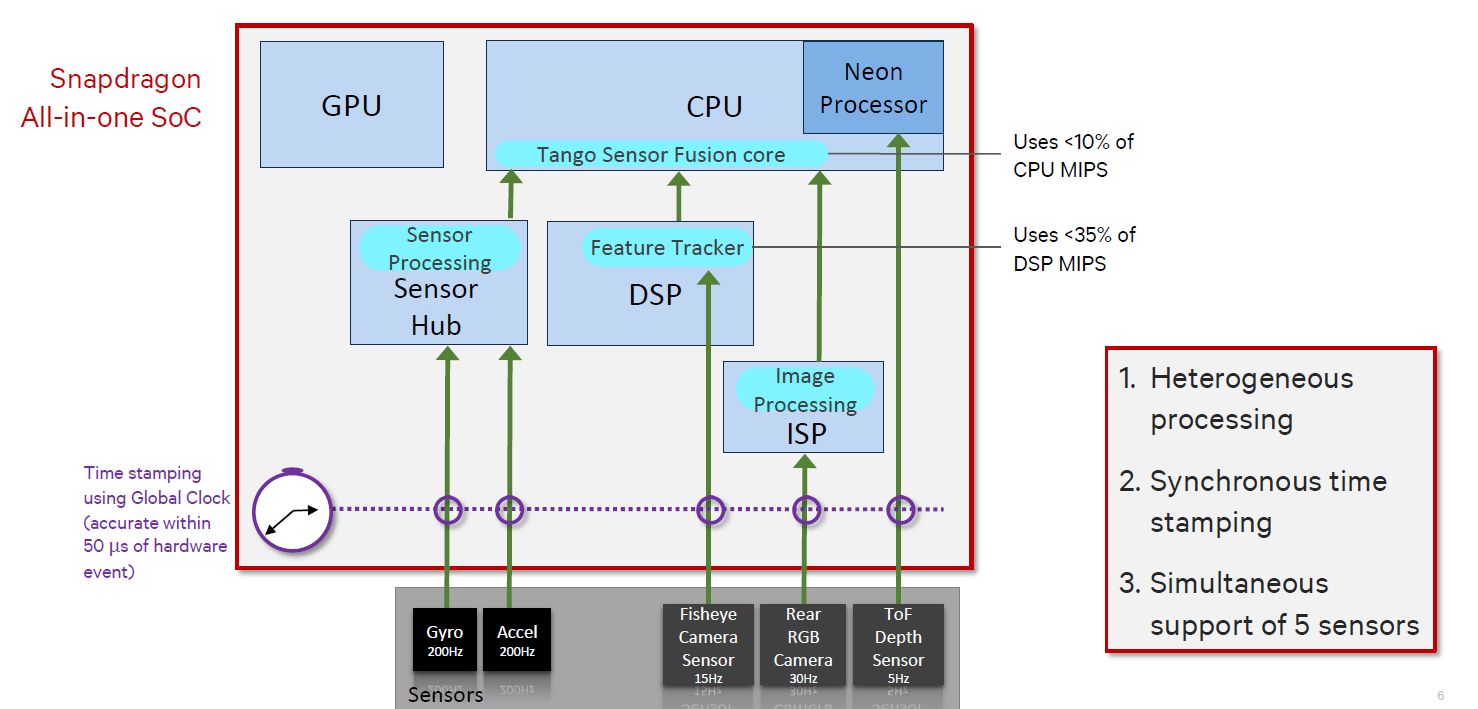
All these sensors have to be synchronized with time stamping using Global Clock accurate within 50 ms of a hardware event. In other words they have to be in line and aware what the other sensors are doing at any given moment. Gyro and Accelerometer sensors are talking to a Sensor Hub and sensor processing occurs here too. The fish eye camera communicates with the Hexagon Digital Signal Processor (DSP). This data is used for the feature tracker and it uses less than 35 percent of DSP MIPS.
The rear RGB camera information is processed by the image processor ISP and is in charge for image processing. Sensor processing, featured tracking and image processing are finally processed in Tango Sensor Fusion Core, a part of Snapdragon 800 and 600 series processor, and use less than 10 percent of the CPU’s MIPS. You don’t want to lose a lot of battery life getting the meaningful data from these sensors.
The last piece of the puzzle, the ToF Depth sensor is processed by the Neon processor, an ARM processor that is part of every Snapdragon 800 and 600 series SoC. Snapdragon 820 and 652 are the top representatives of the SoCs that support Tango. At the same time, Snapdragon 820 and 652 process all this information with less than 2W power envelope doing heterogeneous processing, synchronous time stamping and have a simultaneous support of five sensors with minimal load on both CPU and GPU. Seshu pointed out that the company wanted to leave as much as CPU and GPU performance indicated for an application to use it.
Lenovo Phab 2 Pro
Lenovo has announced that Phab2 Pro with Snapdragon 652 will start to sell this summer for $ 499. The phone comes with a Quad HD (2048×1440) display resolution with a large 6.4 inch display suitable for augmented reality. The device comes with a 4050 mAH battery and a Cat4 LTE modem. The modem support was the weird part as the Snapdragon 652 supports Snapdragon X7 with Cat 7 support but Lenovo decided not to use this capability.
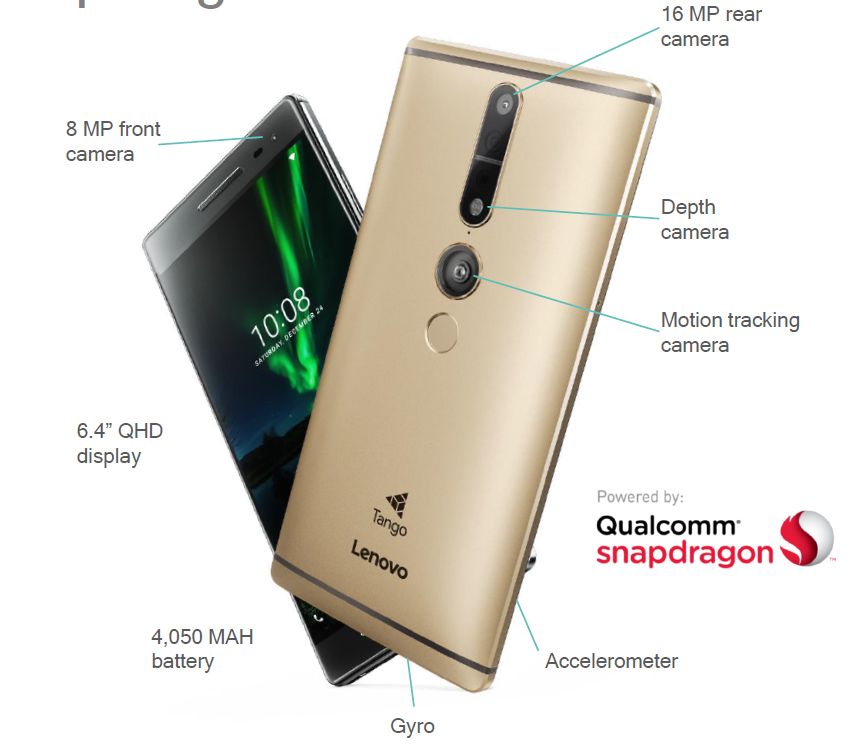
The Snapdragon 652 combines four CorteX-A72 cores and four A53 core and Adreno 510. It is important to point out that the Adreno 510 GPU provides equivalent performance to previous generation 800 processors and is more than enough to support Tango.
What do we do with Tango?
This all points to what Tango is going to be used for. We will give you just a few examples that make us believe that most of the phones in the future may get Tango support.
The uugmented reality layer on top of the video will enable you to have an indoor navigation. Someone will have to map the airport, or a shopping mall, and all the stores will be able to provide in door navigation.
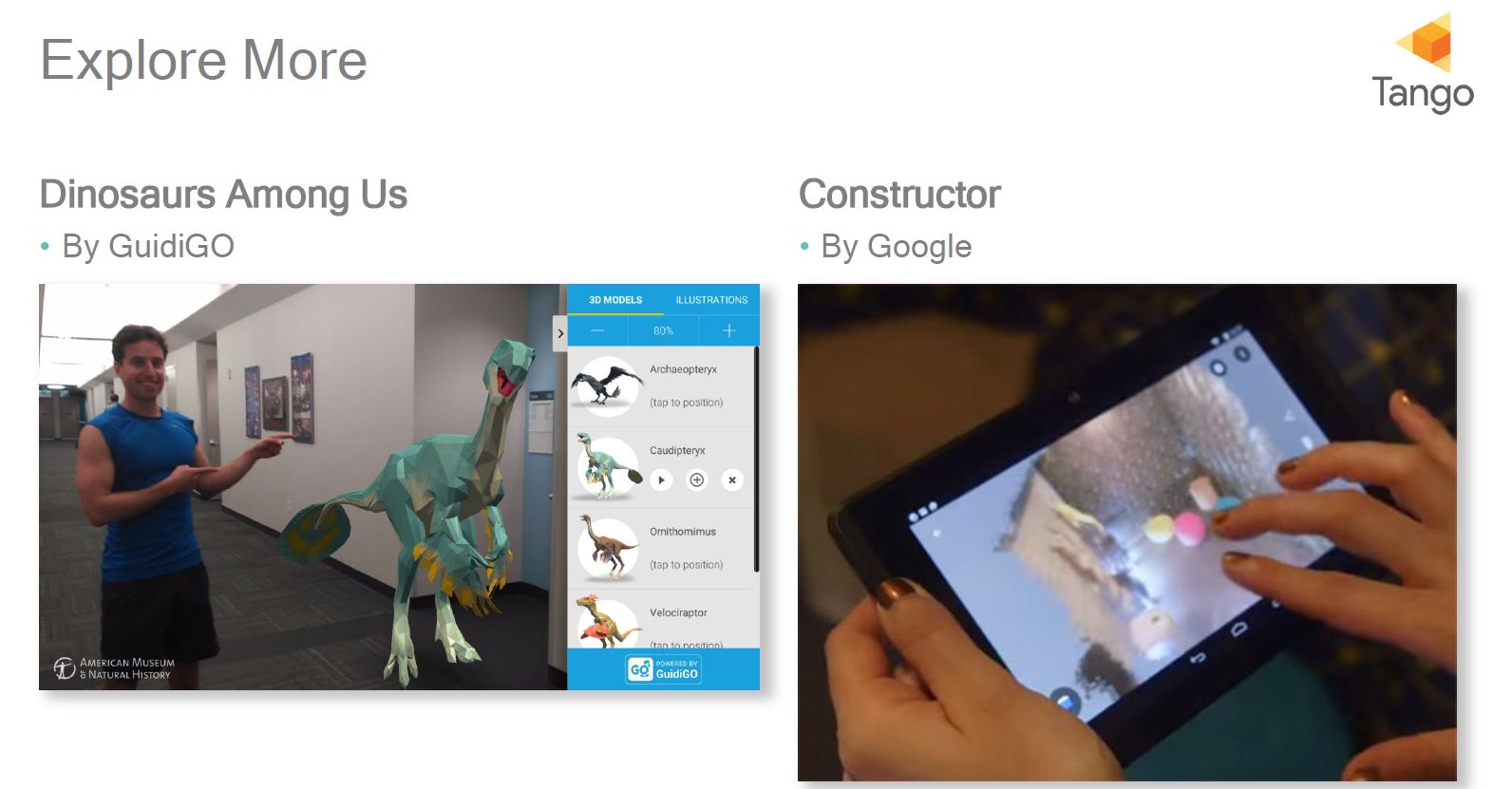
For example, a supermarket will be able to guide you directly to the fruit section. Of course games or augmented layer on top of reality will transport your room in a fun playground. The same principle will be used for learning. You will be able to see a reproduction of a dinosaur, and walk around it. This applies to learning human or animal anatomy, or learning about the parts of an engine.
My favourite is the measure it application by Google. With the help of Time of Flight Depth sensor, you will be able to get a real measurement of a table, walls or anything else inside of the room. You will be able to map the whole room. This could be great for the real-estate market as they will be able to show you an apartment without going there, and this would definitely make a great first impression, definitely better than seeing a 2D drawing of the apartment.
Things are going to be even more futuristic as Lowe’s Vision app will let you place their furniture in your room. Lowe’s is the USA version of Ikea.
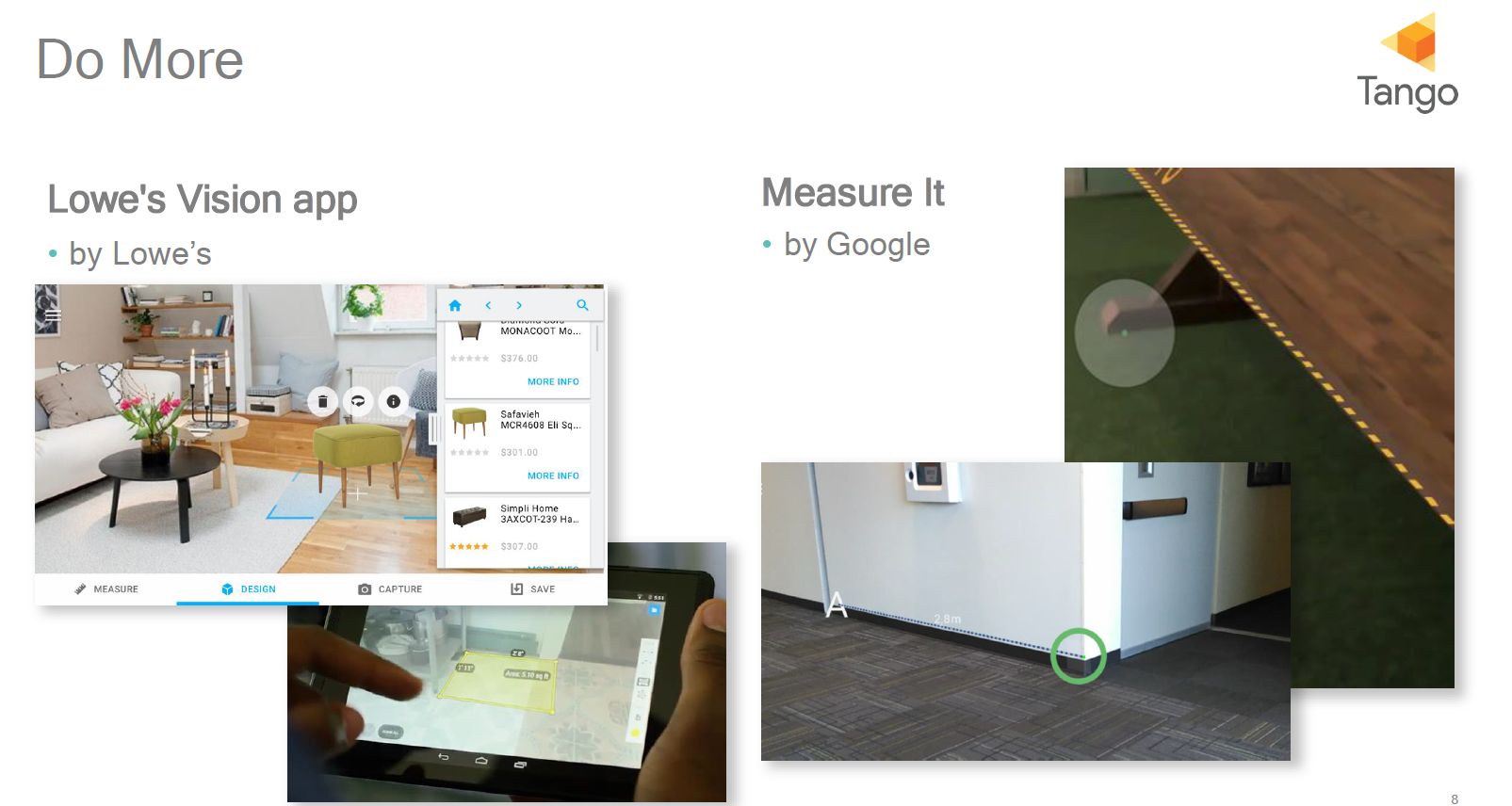
If this technology reminds you of Intel’s real sense technology, you are not far off. Google’s Tango is definitely more capable and it gives your phone and application much more sensor data, enabling exceptional level of precision, data sensor input and augmented reality. Now we need these smart people from Google to connect the dots and enable Tango in virtual reality.
The video below tells a lot more of this story and shows a great demo of how things work. I highly recommend watching it. Without a doubt we believe that there will be many more phones to support Tango in the near future as we’ve seen a technology that will improve the way we use our phones.
Autore: Fudzilla.com – Home




